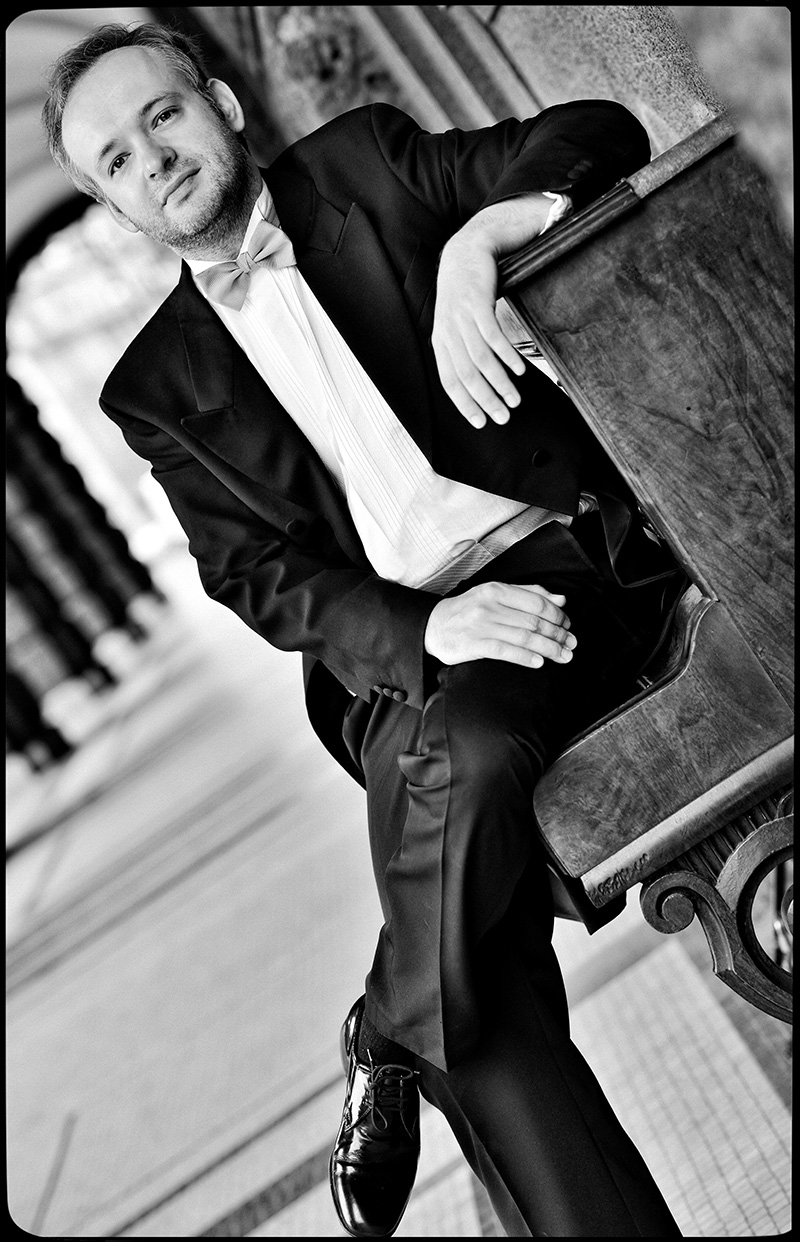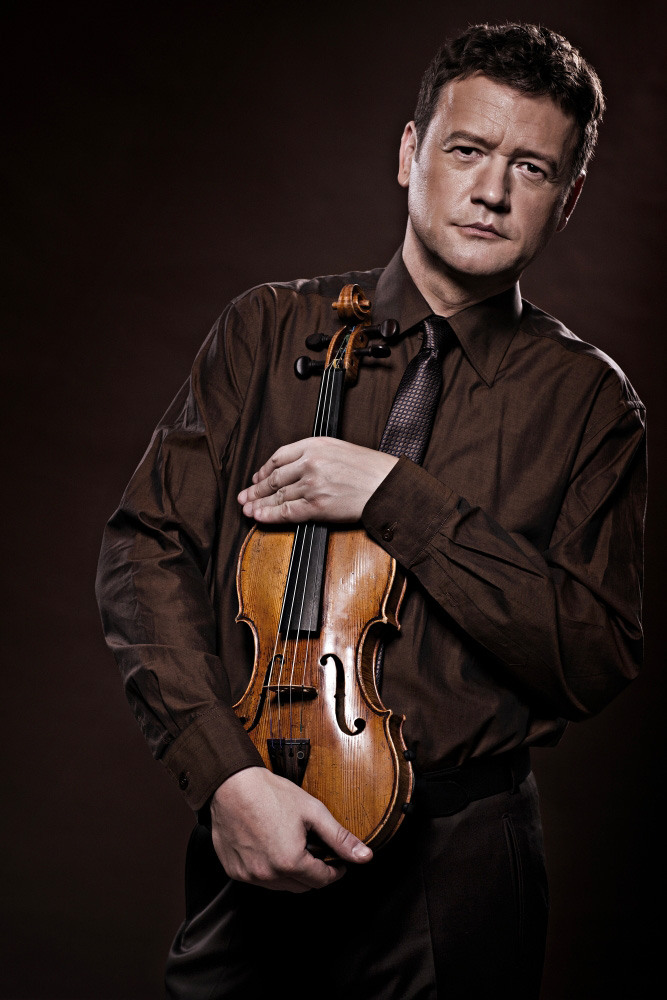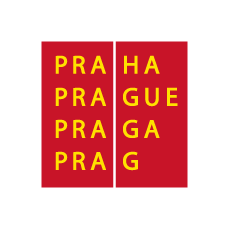Ivan Ženatý & Martin Kasík
Programme
- Sergey Rachmaninoff: Sonata for Violin and Piano in G minor Op. 19 (arr. Jascha Heifetz, Ivan Ženatý)
- Bohuslav Martinů: Sonata for Violin and Piano in C major H 120
Performers
- Ivan Ženatý – violin
- Martin Kasík – piano
Violin virtuoso Ivan Ženatý and pianist Martin Kasík have been closely associated with the festival for decades, and this from the moment each of them in their own discipline took away the top prize in the Prague Spring International Music Competition. In 2025 they return to the Prague Spring to perform in a joint recital with the highly evocative Sonata in G minor by Sergey Rachmaninoff (1873–1943), its demanding piano part reflecting the mastery of its pianist creator, and the early Sonata in C major by Bohuslav Martinů (1890–1959), which blends the musical language of the 19th century Romantics with the nascent yet distinctive, fervent melodies that were to become so characteristic for Martinů.
Ivan Ženatý first started to make waves when, at the age of twenty, he reached the finals of the International Tchaikovsky Competition in Moscow. This was followed by his debut with the Czech Philharmonic under conductor Libor Pešek and a series of further engagements, among them, appearances with the BBC Symphony Orchestra in London, the Bavarian Radio Symphony Orchestra and the Berlin Symphony. He has worked with artists Yo-Yo Ma, Yehudi Menuhin and Sir Neville Marriner, and he developed a particularly close musical partnership with Jiří Bělohlávek, with whom he performed on countless occasions and also made a critically acclaimed recording of Josef Bohuslav Foerster’s violin concertos. After Ženatý’s appearance in New York’s Carnegie Hall, Rorianne Schrade, writing for the New York Concert Review, was full of superlatives: “It was a dream!”. Ivan Ženatý plays on a rare instrument crafted by celebrated Cremonese violin maker Giuseppe Guarneri.
Likewise Martin Kasík can also boast a whole series of major global successes, in particular, his triumph at one of the largest and most challenging international events, the Young Concert Artists competition in New York, which opened the doors to some of the world’s most illustrious concert venues: Carnegie Hall in New York, Suntory Hall in Tokyo, Tonhalle Zürich and the Berliner Philharmonie. Conducted by the likes of Jakub Hrůša, Tomáš Netopil, Marin Alsop and Ingo Metzmacher, he has appeared with prominent orchestras such as the Chicago Symphony Orchestra, Deutsches Symphonie-Orchester Berlin, Tonhalle-Orchester Zurich and the Czech Philharmonic.

Sergey Rachmaninoff wrote Sonata in G minor Op. 19 in 1901, however, it was not originally intended for the violin, but for the cello, specifically for his friend, Anatoly Brandukov. The piece emerged after a prolonged period of creative despair following the failure of his first symphony. With this work, overshadowed at the time by the phenomenal success of Rachmaninoff’s Second Piano Concerto in C minor, the composer embarked upon a new period in his professional life; it was also his last composition for chamber ensemble. In a highly original way it conveys everything typical for the music of Sergey Rachmaninoff: fervour, melancholy, depth and resolve. An arrangement of the Sonata’s slow movement was written for violin by Jascha Heifetz, one of the most celebrated violin virtuosos of the 20th century. Ivan Ženatý subsequently arranged the remaining movements.
Bohuslav Martinů’s Violin Sonata in C major is one of the composer’s early works; he wrote it in 1919 in his native Polička. According to Aleš Březina, one of the foremost authorities on Bohuslav Martinů, this extensive, four-movement piece “points quite openly to its model, César Franck’s Sonata in A major. […] The second movement is an attempt at a “demonic” scherzo indebted to the aesthetic of the late 19th century, its theme being a reminder of the Dies irae sequence so favoured by various composers of that time”.








